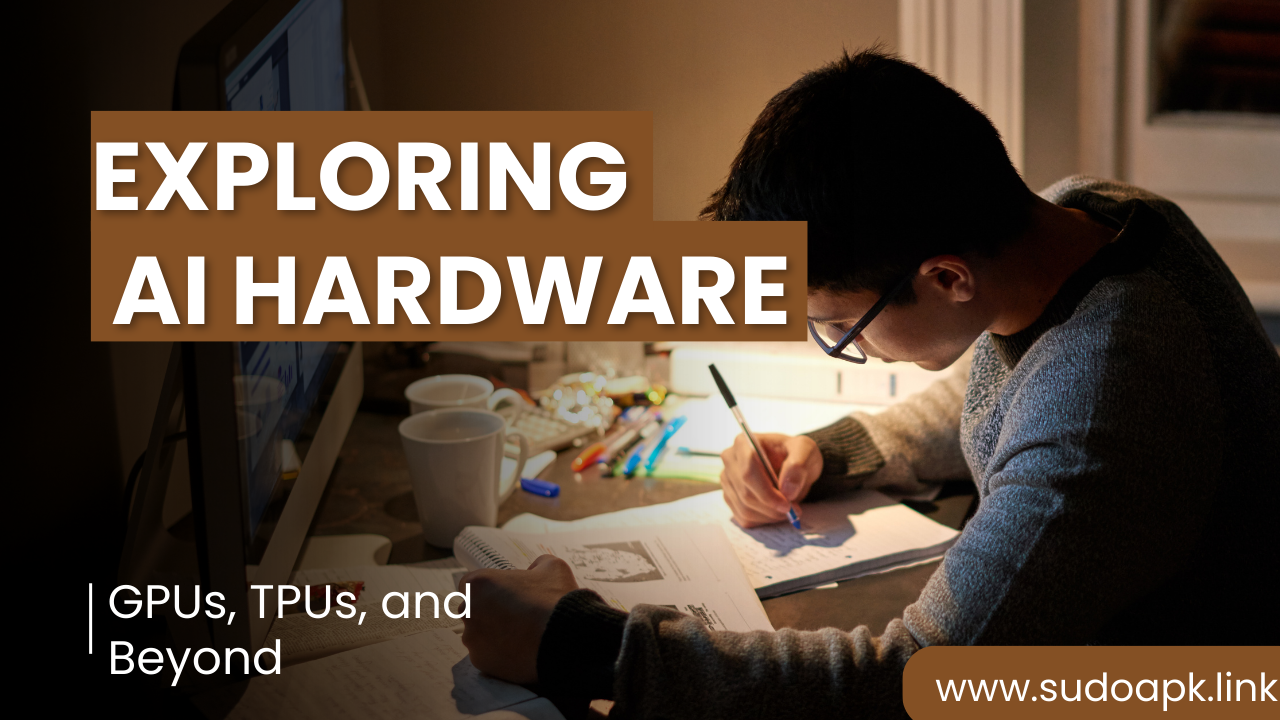

Exploring AI Hardware: GPUs, TPUs, and Beyond
Artificial intelligence workloads like neural network training involve immense parallel computation suitable for specialized hardware accelerators. GPUs initially led AI's acceleration needs but growing data and model sizes demand more custom silicon. We analyze major hardware driving AI's exponential growth and innovations expanding processing frontiers.
The Central Role of Compute Power in AI Progress
While data, algorithms and tools propel capabilities, sufficient compute underpins recent AI breakthroughs enabling large neural networks with billions of parameters to be trained on petabyte-scale data within reasonable times.
Hardware innovations lowering the cost, time and power for accelerate matrix/vector operations used heavily in machine learning has proved pivotal for AI's compute scalability. Let's trace key milestones:
Backdrop: The AI Winter and Revival
AI witnessed alternating hype cycles but starting late 2000s, the confluence of big data availability and cost-effective GPU processing helped AI enter a sustained upswing leading to today's ubiquity.
The Popularization of GPUs
While CPUs processed sequential tasks efficiently, graphics processing units (GPU) excelled at parallel work beneficial for gaming and simulations. Researchers leveraged GPUs for accelerating neural networks cost-effectively compared to pricey supercomputing resources.
Nvidia cemented its leadership in accessible, powerful GPUs for training deep learning models. Cloud platforms enabled easier experimentation by offering GPU access on-demand culminated by fast interconnects between GPU servers powering AI training.
The Advent of Custom TPUs
Hitting limits of graphics-focused GPUs for hardcore tensor processing, Google built application-specific integrated circuits (ASICs) like its Tensor Processing Units finely-tuned for AI workloads. TPU pods accelerated landmark models like AlphaGo and BERT cost-efficiently.
Amazon and Microsoft too offer FPGA/ASIC-based instances. As data volumes and model sizes swell, more customized hardware is vital. Let's analyze today's heterogeneous AI acceleration landscape.
Contemporary AI Hardware Landscape
GPUs - The Workhorse for AI Experimentation
Nvidia GPU's position as the popular accelerator for AI research/prototyping flows from architecture innovations and software stacks enabling easy neural network programming. Families like A100 and H100 excel at mixed precision and sparsity acceleration crucial for large models.
While GPU's graphics legacy causes inefficiencies on intensive matrix math, their flexibility aids experimentation. GPU's vast ecosystem around parallel programming frameworks like CUDA and optimization libraries makes workflows portable.they best support the highly dynamic experimentation stage of the AI lifecycle.
Cloud TPUs - The Production Workhorses
At scale, TPU hardware purpose-built by Google for inference and training offers better cost and power efficiency over GPUs. For example, the 4th gen TPU v4i processes traffic for Google Search, maps and Gmail using 20x-30x lower power than GPUs would need for the same computation.
The latest TPU v4 with up to 1 exaflop of mixed precision speed also accelerates training complex modelseconomically. Cloud-hosted TPU pods are available on Google Cloud, lowering barriers for companies to leverage AI. As more dataflows get analyzed live, low-latency TPU inference will drive AI's next ubiquity wave.
Custom ASICs - The Efficiency Trendsetters
Rising data volume pressures and model size growth makes relying just on general compute hardware like CPUs and GPUs inefficient and costly. This motivates custom ASIC design optimized for niche AI workloads that Promise 5-10X better power efficiency over GPUs through techniques like model compression and lower bit precision.
Startups like SambaNova, Cerebras and Graphcore offer dedicated systems for particular training or inference use cases. Specialization also helps overcome retiming and testing issues plaguing rapidly evolving hardware trying to target general AI workloads. Industry vertical and workflow specificity is in ASIC's favor.
Quantum Computers - The Unconventional Explorers
Still in early stages, quantum computing applies exotic physics allowing massive parallelism to deliver exponential leaps in processing capability once error rates improve. Researchers have already demonstrated quantum machine learning algorithms.
While awaiting scalable physical qubits, quantum software platforms like Atos QLM simulate quantum circuits classically for developing quantum-ready ML models and hybrid algorithms. In future, techniques like quantum neural networks could hugely advance AI. Microsoft and IBM target bringing this powerful tech mainstream over 5-10 years.
Neuromorphic Chips - The Bio-Inspired Pioneers
Conventional computing struggles to mimic neurons' low-energy operation and massive interconnectedness. Neuromorphic hardware better approximates biological neural signaling using ultra-dense, analog processing. This allows efficient AI at the electronic sensor edge.
Intel Loihi packs over 100 million synapses with spike signaling on a single chip while IBM offers accessible neurosynaptic systems for experimentation. As we decode brain computation, ultra-low power specialized silicon incorporating learnings can enable continual sensing and inference by smart devices.
As specialized hardware proliferates, optimizing across the full stack - devices, circuits, architecture, frameworks and algorithms to best leverage capabilities gets pivotal. Let's now glimpse key directions that could reshape computing.
Possibilities Beyond Modern Hardware
Present hardware will hit physical limits in the coming decade as model scales explode exponentially. New materials, devices and manufacturing are needed to sustain computing's advancement and AI's ascendancy.
Software Makes Hardware Better
Frameworks like PyTorch and TensorFlow incorporate optimizations for accelerators. Compilers are adapting too - TensorFlow XLA optimizes models for TPUs. Such software and libraries customized to leverage new hardware efficiently will grow more vital.
3D Stacked Chips
Stacked silicon leveraging advances like through-silicon vias enables dense vertical interconnects between layers mitigating data movement bottlenecks across huge chips. This permits optimization across storage, memory, processing and transfers yielding performance gains.
Photonics for Faster Data Transfer
Replacing electronics with laser-enabled optical communication between chips can sharply cut bottlenecks and energy costs tied to shuttling data on copper wires between storage and computing elements, enabling faster training.
Beyond Silicon Materials
New materials like gallium nitride (GaN) exhibiting better conductivity and carbon nanotubes aiding tiny, low-power transistors can overcome silicon's shrinking headroom to enhance computing density through better devices, energy efficiency and heat dissipation.
Biohybrid Processors
Advances at the physics-biology interface can enable processing platforms that tightly assimilate biological components like neuron cultures into microfluidic devices to handle AI ambiguities better. Such biohybrid architecture can be optimized for inherent noise tolerance and low-power adaptable learning.
Ongoing hardware innovations make realizing more marvels of AI a near certainty. Let's conclude by examining key strategic directions technology leaders are prioritizing.
The Road Ahead for AI Hardware
With growing consensus that enormous models and abundant signals hold the key to achieving artificial general intelligence (AGI), hardware scalability and rapid experimentation become vital strategic pillars:
Democratization for Broader Innovation
Making access to advanced hardware easier through cloud platforms and better software tooling lowers barriers allowing more researchers to innovate on algorithms and models at vanguard. Democratization propels breakthroughs.
Co-design and Specialization
Hardware innovators need to deeply partner with AI researchers to co-design systems tailored for emerging model attributes and training methods. Specialization targeted at efficiency metrics will define superiority over general hardware.
Investments in Rapid Prototyping
The combinatorial complexity of optimizing algorithms, software stacks, circuits, devices and manufacturing necessitates vast exploration driven by swift prototyping. Agile hardware development and modular architectures that reconfigure smoothly can accelerate innovation.
Sustainability as a Design Constraint
Environmental impacts of exploding computing demand require urgent attention. Metrics like computations/watt, renewable inclusion and recyclability should drive hardware design alongside accuracy and scalability. Shared data centers also optimize sustainability.
Technology strategists observe that we are still far from fundamental limits of computing. New materials, devices and manufacturing techniques can usher breakthroughs for decades. With requisite strategic support, hardware remains poised to unleash AI's full transformative potential.
Frequently Asked Questions on AI Hardware
Q: How is hardware important for AI progress?
Specialized hardware speeding up AI's intense computation workload with optimized parallel processing enables quick experimentation with complex neural networks that drive capabilities. Recent leaps benefited immensely from hardware innovation making large models tractable.
Q: What hardware options best support prototyping vs production AI?
The flexibility and vast software ecosystems around GPUs benefit prototyping's need for quick experimentation with different frameworks, models and data. At scale, custom ASICs like TPUs optimized for efficiency and performance deliver the most cost-effective production infrastructure.
Q: Why is low-power efficiency important in hardware design?
The swelling energy consumption and carbon footprint of training massive AI models conflicts with sustainability. Low-power specialized hardware can curtail wasteful computation making continuous learning ubiquitous through edge devices operating on small batteries or ambient energy.
Q: How will quantum computing aid AI advancement?
Algorithms leveraging quantum physics for exponential scale processing power and giant memory capacity can someday realize capabilities like seamless speech interfaces, real-time adaptable robotics through trillions of parameters in models and decrypting molecularinteractions ushering personalized medicine.
In summary, purpose-built hardware already provides immense acceleration while pioneering innovations across materials, devices and manufacturing open frontiers to sustain AI's rapid growth for decades. With cloud access democratizing use by small teams, customized hardware unlocks new possibilities daily.
Popular articles
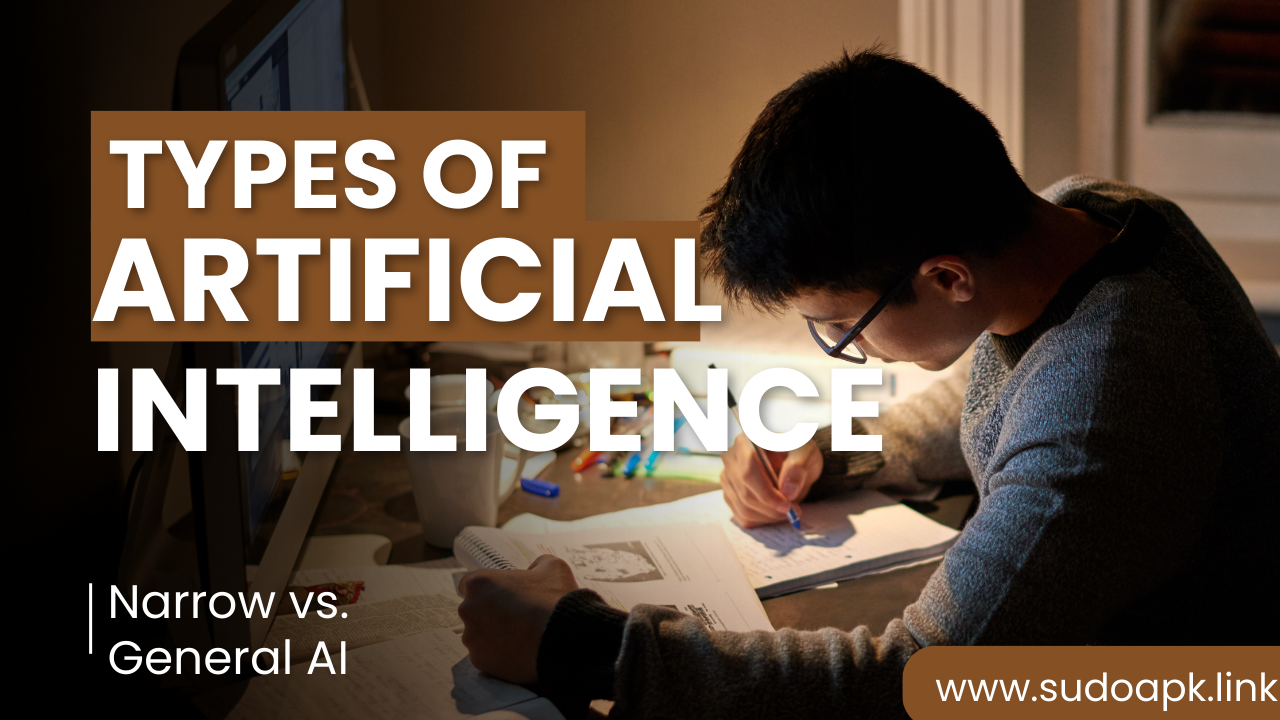
Dec 31, 2023 07:04 AM
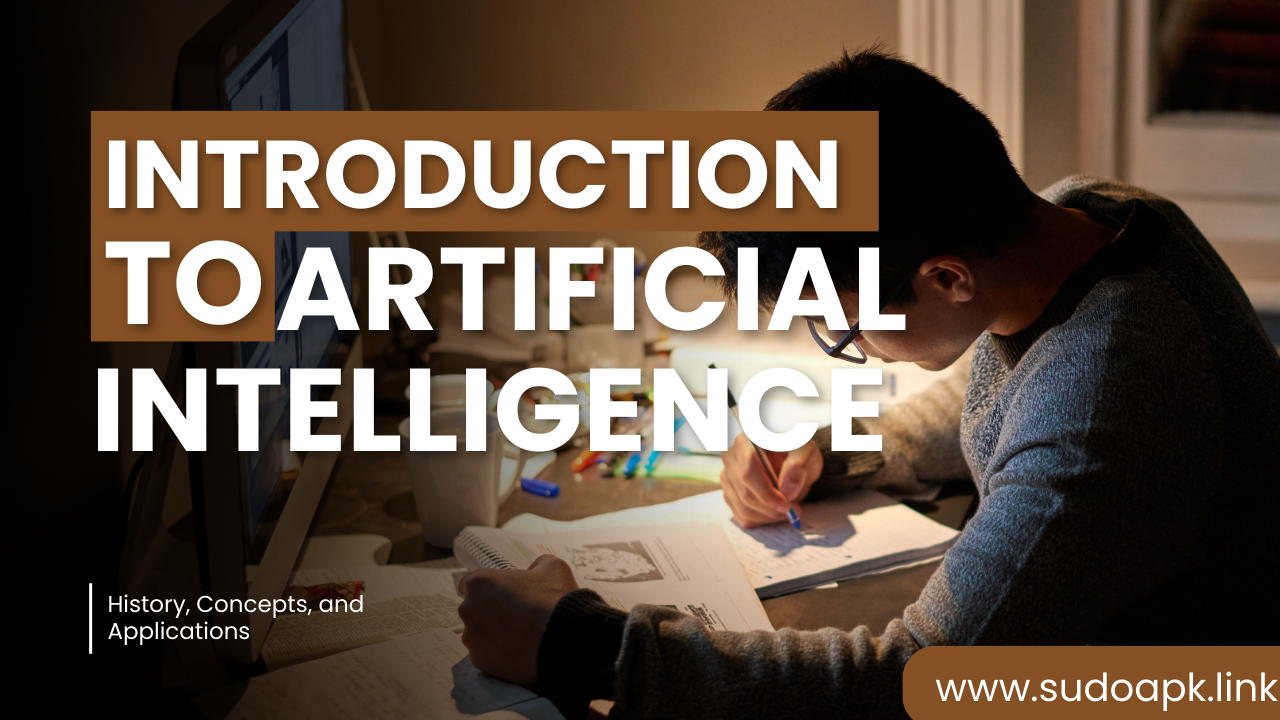
Dec 31, 2023 06:48 AM
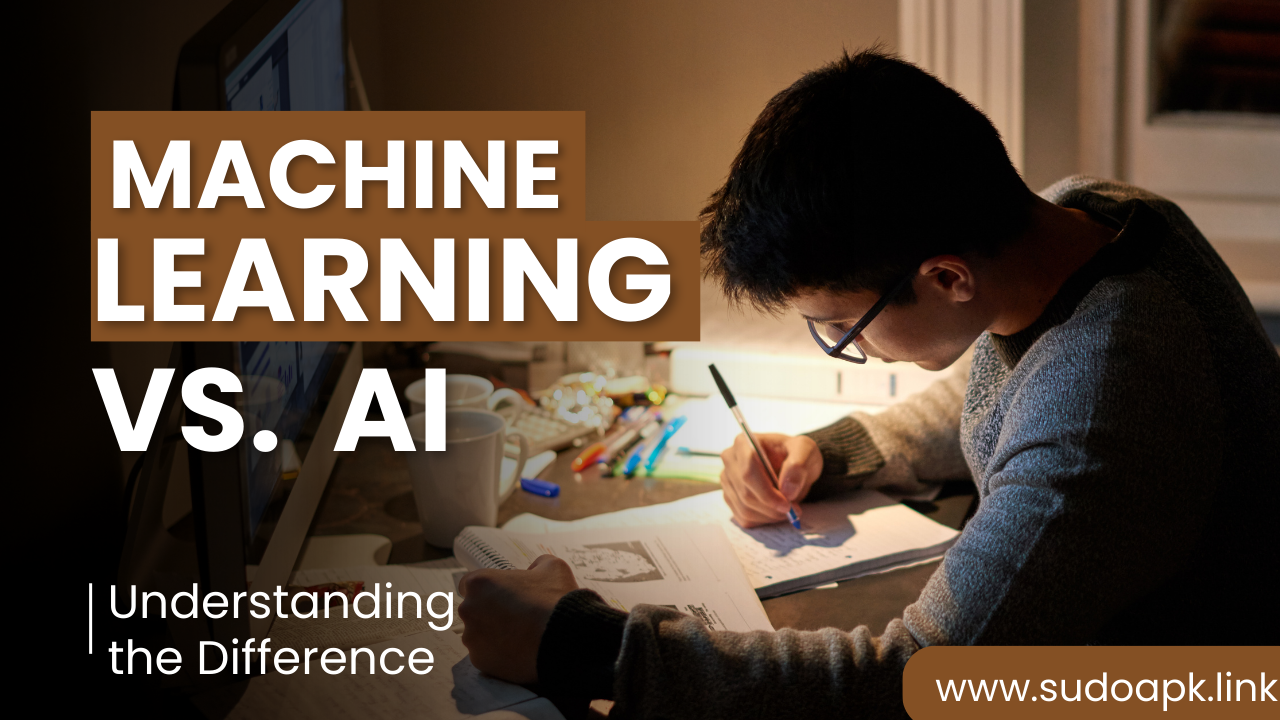
Dec 31, 2023 07:12 AM
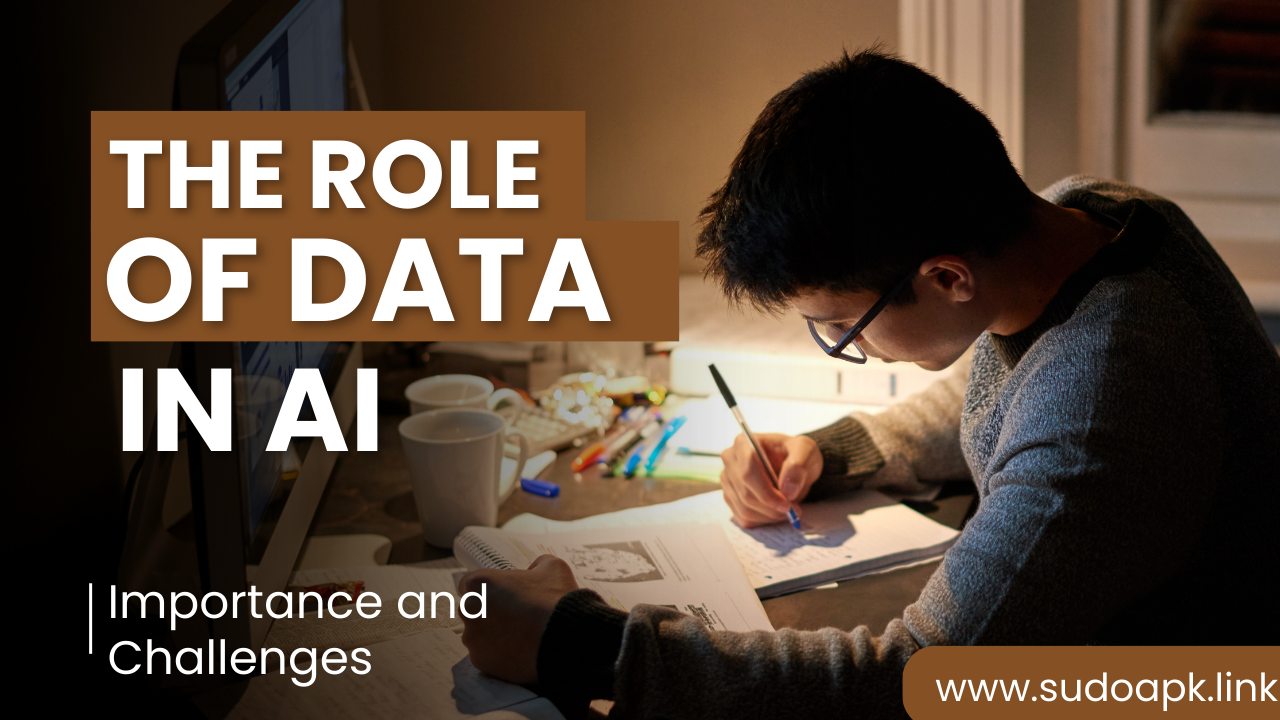
Dec 31, 2023 07:22 AM
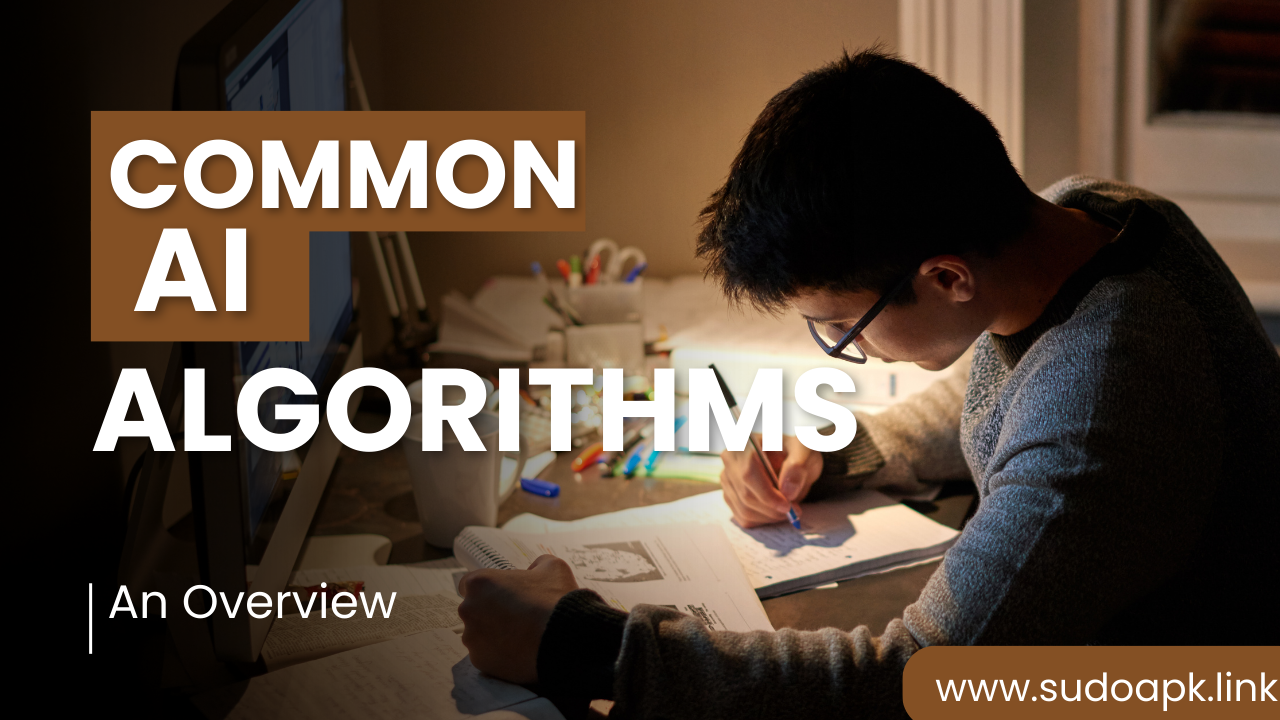
Dec 31, 2023 07:17 AM
Comments (0)